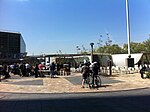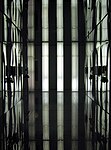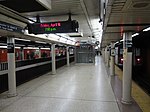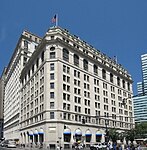Castle Clinton
1811 establishments in New York (state)Commons category link is locally definedForts in ManhattanForts on the National Register of Historic Places in New York (state)History museums in New York City ... and 10 more
IUCN protected area errorsJohn McComb Jr. buildingsMilitary facilities on the National Register of Historic Places in ManhattanMilitary installations established in 1808Monuments and memorials in ManhattanMuseums in ManhattanNational Park Service National Monuments in New York CityNew York City Designated Landmarks in ManhattanThe Battery (Manhattan)Use mdy dates from June 2019
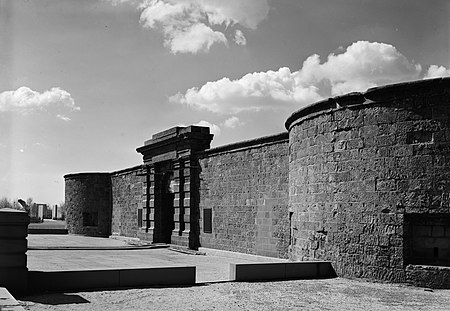
Castle Clinton or Fort Clinton, previously known as Castle Garden, is a circular sandstone fort located in Battery Park, in Manhattan, New York City. Built from 1808 to 1811, it was the first American immigration station (predating Ellis Island), where more than 8 million people arrived in the United States from 1855 to 1890. Over its active life, it has also functioned as a beer garden, exhibition hall, theater, and public aquarium. Castle Clinton National Monument, designated in 1946, was listed on the National Register of Historic Places on October 15, 1966.
Excerpt from the Wikipedia article Castle Clinton (License: CC BY-SA 3.0, Authors, Images).Castle Clinton
Battery Place, New York Manhattan
Geographical coordinates (GPS) Address External links Nearby Places Show on map
Geographical coordinates (GPS)
| Latitude | Longitude |
|---|---|
| N 40.7035 ° | E -74.0168 ° |
Address
Castle Clinton (Castle Clinton National Monument)
Battery Place 10
10004 New York, Manhattan
New York, United States
Open on Google Maps

